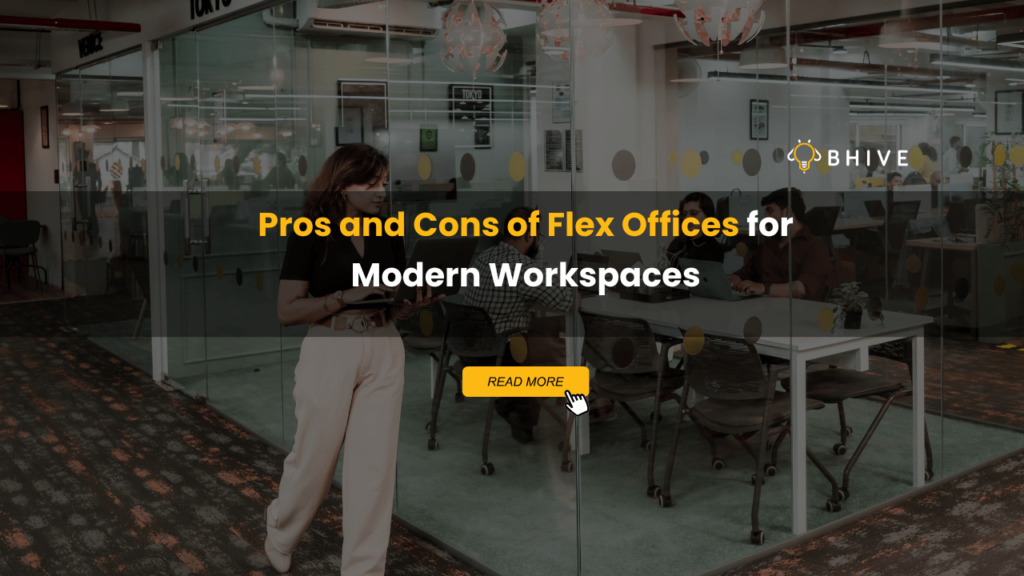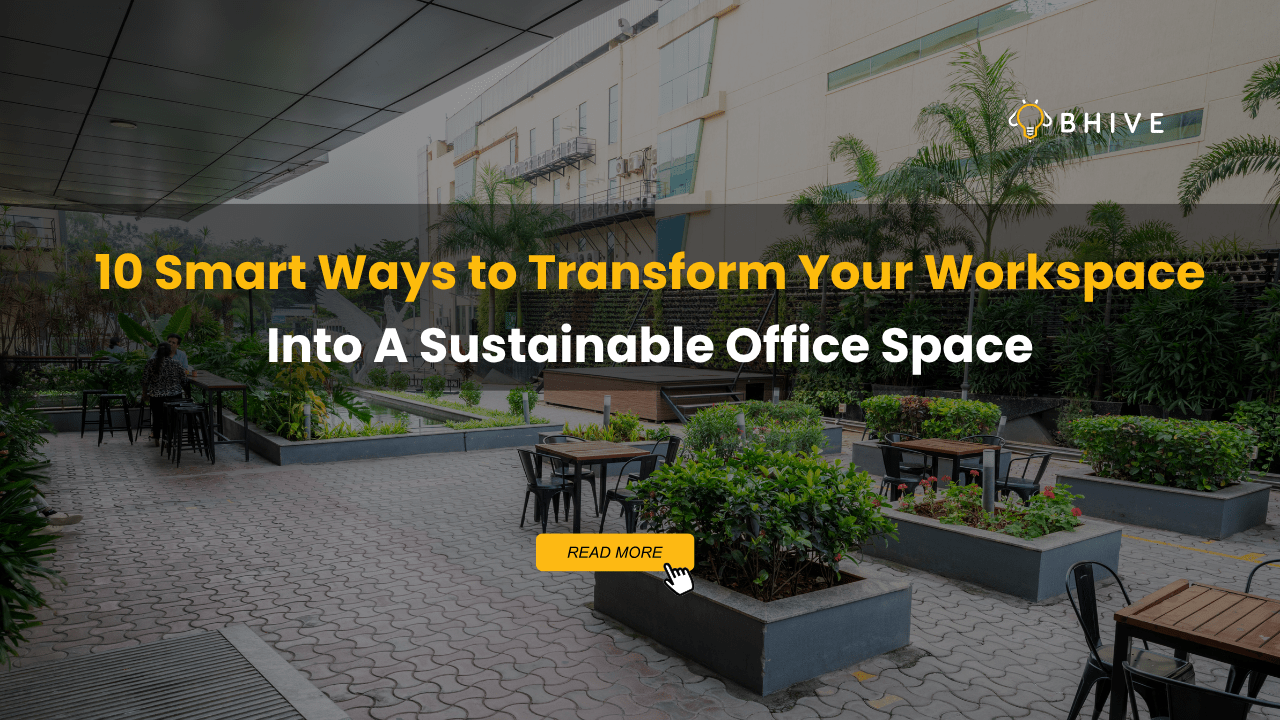Decode Types of Organizational Culture and It’s Impact

Organizational culture is the set of values and beliefs, as well as related behaviors, that guide the way that people work and behave in a company. It influences employee behavior, decision-making, and overall performance. The identification of types of organizational culture is important to the creation of a work environment that is supportive.
These conclusions have the potential to help companies succeed and build a good workplace. Let’s dive into some essential workplace culture insights to see how culture shapes organizations.
Importance of Organizational Culture in Shaping a Workplace
An effective organizational culture is the bedrock of business success. It influences organisational behaviour, its effect is to motivate employee engagement and lead to more harmonious team dynamics and culture. A good positive culture promotes employees’ belonging, motivations and identification with the company’s mission.
On the other hand, an undifferentiated ill defined or negative culture can contribute to poor morale, high employee turnover and inefficiency. It is of capital importance for the businesses to flourish, in order to be able to know which are the different forms of organizational culture and what they influence in the workplace.
Types of Organizational Culture
Four main types of organizational culture are generally seen in companies. Each has its own feature which affects organizational behaviour and employee teamwork.
Clan Culture: Focus on People and Relationships
An emphasis on family-like atmosphere in which co-operation and relationships are emphasized). Corporations in this culture promote openness to feedback, teamwork and mutual helping sharing. Leadership acts as mentors, helping employees grow and develop. Such a culture enriches team dynamics and culture and fosters a sense of community among employees.
Adhocracy Culture: Innovation-Driven
Adhocracy culture emphasizes creativity, adaptability, and risk-taking. The companies that have this culture are innovation-driven and very fast in satisfying market evolutions. Employees are also stimulated to come up with ideas that are outside the conventional concept. Many corporate culture examples in tech and startups exhibit this culture, where agility and innovation drive success.
Market Culture: Goal and Result-Oriented
Market culture is dictated by competition, targets, and quantifiable achievements. And organisations that cultivate this culture, focus on the amount of work, efficiency, and customer satisfaction. Employees are motivated to perform at their highest level in order to meet targets and to get performance-related rewards.
Although this culture promotes high productivity, it can affect the way teams behave in relation to each other and the team culture when competition is taken too far.
Hierarchy Culture: Structure and Stability-Focused
Hierarchy culture values organization, structure, and stability. Firms that have this culture are hierarchical, using standardized procedures, clearly defined roles, and a management structure from the top down. This ensures consistency and efficiency in daily operations.
However, it may limit creativity and adaptability, which are crucial in rapidly changing industries.
Impact on Employee Satisfaction And Productivity
The following types of organizational culture have a direct impact on employees morale and their productivity. Knowing these effects enables the companies to take decisions about the creation of an appropriate positive working environment:
- Clan culture fosters psychological safety by enhancing job satisfaction and commitment. There is a sense of being valued that is associated with better productivity and more effective team dynamics and culture.
- Adhocracy Culture attracts employees that love dynamic stimulating work environments. But it would lead to stress if pressure to always innovate is not controlled.
- Market Culture provides outcomes and performance motivation, which can be motivational for performance-oriented people. However, due to the high-pressure situation it is possible that organizational behavior and its work-life balance can be disrupted.
- Hierarchy culture offers certainty and security, which is useful for employees who are comfortable with structure. However, rigid processes may stifle creativity and reduce adaptability.
Suggested read:
Identifying and Shaping Culture
In order to establish a positive organizational culture, firms must ensure that their values and actions are consistent with their intentions. Below are steps that businesses can use to build a winning culture:
- Assess the Current Culture: Assess the current culture by collecting workplace culture data via questionnaires, interviews and feedback. This helps identify strengths and areas for improvement.
- Define the Desired Culture: Clearly articulate the types of organizational culture that align with your company’s mission. Ensure employees understand and embrace these values.
- Develop a Strategy for Change: Implement a clear plan to transition toward the desired culture. This may include training of leaders, training of staff, and changes of policies.
- Engage Employees: Promote team dynamics and culture through engagement of employees at every level. Encourage open communication, feedback, and collaboration.
- Monitor and Adjust: Regularly assess progress and make necessary changes. Acknowledge and praise activities that display the target culture in order to establish the culture in the long term.
Also read: How are managed offices in Bangalore impacting work culture?
Conclusion
To create a successful workplace, it is essential to gain a clear understanding of the different types of organizational culture and how they affect people. Through identification and tailoring of culture, enterprises are in position to increase employee wellbeing, increase efficiency, and create vibrant, stable team dynamics and culture.
Whether focusing on corporate culture examples like innovation-driven organizations or structured ones, aligning culture with goals ensures long-term success. Transform your workplace into a hub of productivity and positivity by choosing BHIVE Workspace today!
FAQs
Yes, firms may blend different kinds of organizational culture, although a culture may prevail.
Leadership sets the tone for the company’s culture by modeling desired behaviors, creating policies, and fostering team dynamics and culture. Leaders significantly influence how employees perceive and embrace the culture.
A misaligned organizational culture can lead to low employee morale, poor performance, and high turnover. It also affects organizational behavior and hampers the company’s ability to achieve strategic goals.
Certain industries gravitate toward specific types of organizational culture. For example, tech companies often follow an adhocracy culture for innovation, while manufacturing firms might prefer a hierarchy culture for operational efficiency.
Yes, organizational culture can evolve due to changes in leadership, business goals, or market conditions. Regularly reassessing the culture and implementing necessary changes ensures it stays relevant.







